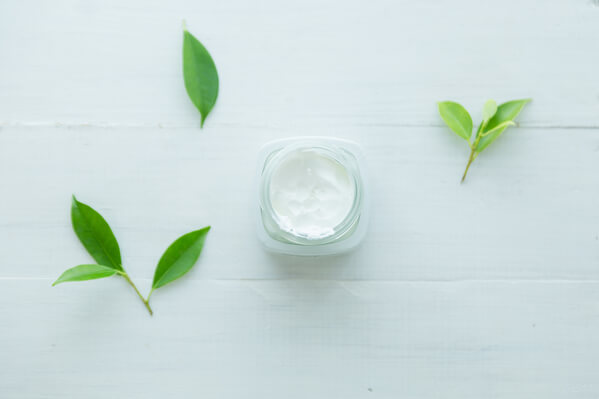Uncategorized
Moisturizer – A not so secret weapon
It’s no secret that moisturizing your skin is an integral part of any good skin care routine. But why?
The epidermis, or the outer layer of skin, has the ability to absorb and retain moisture just like a sponge. We are all born with naturally moist skin, the term “baby skin” wasn’t coined for nothing. Over the years that natural moisture diminishes and in order to retain and restore that soft, beautiful, youthful glow it becomes necessary to moisturize our skin.
There are four basic skin types; dry, normal, oily and sensitive. These skin types develop due to a number of factors. These factors vary from person to person and sometimes vary for the same person:
- Hereditary – there is a close relationship between hereditary genes and the loss of moisture in the skin.
- Acne Prevention – Acne treatment is important, but often, acne treatment and medication causes the skin to dry out, making it necessary to incorporate an oil free moisturizer with any acne treatment.
- Sun exposure – Sun exposure affects the moisture of the skin, both short and long term. This is because in addition drying the skin through direct exposure to sunlight, it causes photo aging of the skin which includes dryness.
- Age – Over the years, skin typically becomes drier.
- Dehydration – When our body is lacking fluids, it naturally lacks moisture.
- Environment – In drier environments, the skin tends to be sapped of moisture.
Skin dryness is often accompanied by itching. In fact, the most common cause of itching in adults is dry skin.
So how do we effectively combat the effects of dry skin and help our skin retain its natural moisture and restore elasticity?
Here are some useful tips-
First, it is essential to choose appropriate products containing active ingredients that both provide moisture and prevent the loss of moisture to the skin.
An example of this is a moisturizing product that contains high levels of Glycolic Acid. For decades, research has shown that glycolic acid improves skin hydration short term and facilitates re- hydration long term. How so? Glycolic acid is an alpha-hydroxy acid considered to be the smallest molecule of all the alpha-hydroxy acids. This feature allows it to effectively penetrate the outer skin layer, accelerate cell turnover and aid in the production of elastin and collagen. Additionally, Glycolic acid is also known for its ability to peel off dead skin cells in the outer layer of skin, in a gentle process that helps reduce the appearance of fine lines and wrinkles. Pretty neat!
Another great ingredient to look out for are ceramides.
Ceramides are known to provide essential nourishment to the skin which helps replenish the skin barrier improving elasticity and texture. The skin barrier is another term for the outer layer of skin, it is responsible for protecting the skin from harsh elements and for retaining moisture. Repairing and maintaining the skin barrier is crucial for cultivating that beautiful, healthy glow.
So now that we have given you an idea of what to look out for, we want to tell you how best to apply your chosen product- Wet skin.
The optimal time to apply moisturizer is on moist skin, such as after a bath or shower, or after a really good rinse. Molecularly, since the skin has just recently absorbed water, immediately applying creams or serums seals in the moisture and helps prevent water loss.
And our last tip- smile! Let that inner beauty glow!
Please note: Because of the low ph level of the AHA Revitalize facial cream, when used on wet skin may cause irritation.




